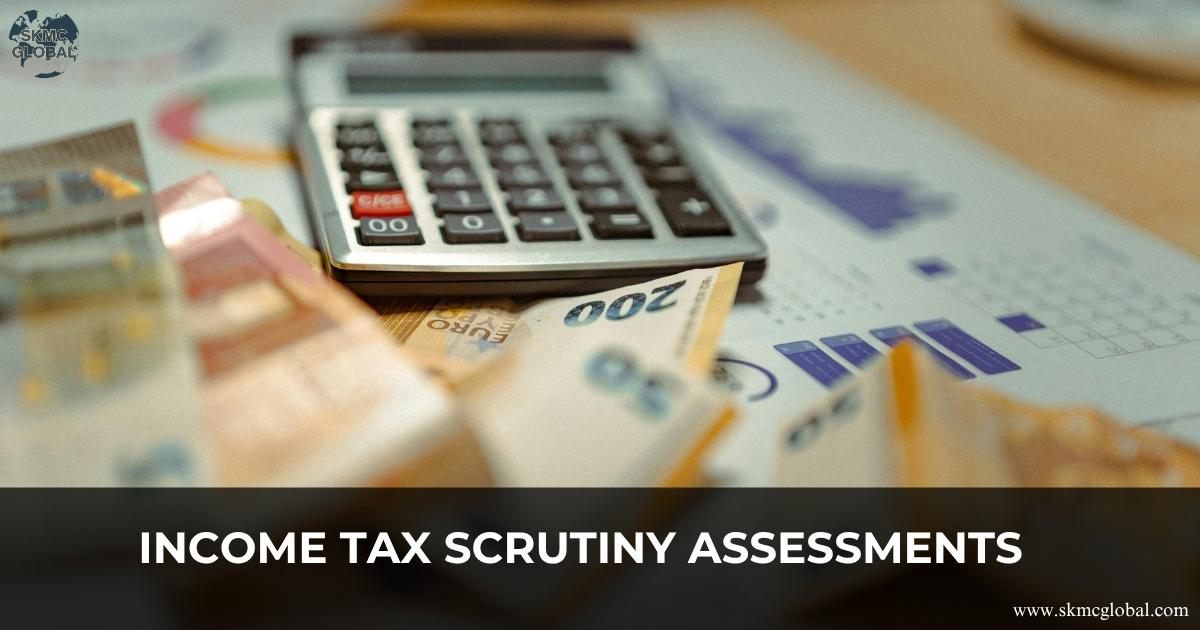
The preparation of your Income Tax Return (ITR) is all that a taxpayer undertakes individually every year. But in some cases, the Income Tax Department may issue a return under scrutiny, and an income tax scrutiny assessment can be made. Though it may be a frightening experience, by understanding the process, rights, and obligation of an income tax scrutiny assessment, you can accomplish it confidently.
In this guidebook, we will lay to waste all you want to know regarding income tax scrutiny, such as what causes it, how income tax scrutiny operates, and what you do if you receive a notice. Our goal is to provide you with useful information so it is less of a nightmare responding to an assessment by income tax scrutiny.
What Is an Income Tax Scrutiny Assessment?
An income tax scrutiny examination is the thorough review of your tax return by the taxing authority. Once you submit your ITR, the taxing authority might choose your return for scrutiny. That is income tax scrutiny. It is performed to ensure that the income, deductions, and exemptions reported are true and consistent with tax laws.
A scrutiny doesn’t automatically mean that you’ve made a mistake or committed tax fraud. It is sometimes triggered by differences, by random sampling or statistical techniques such as the Computer Assisted Scrutiny Selection (CASS). Having this knowledge informs taxpayers that income tax scrutiny also forms part of the system of ensuring transparency.
Why Is Scrutiny in Income Tax Conducted?
Income tax scrutiny is initiated due to a range of reasons, some of which include but are not limited to:
- Discrepancy in Data – If reported income does not reconcile with Form 26AS, TDS certificates, or balance sheets, it may result in income tax scrutiny.
- Unreasonably Large Deductions – If you claim abnormally large deductions under sections such as 80C, 80D, etc., you will most likely face scrutiny.
- Excessive Refund Requests – Excessive refund requests are likely to be scrutinized tightly.
- Bulk Transactions – Bulk transactions or suspicious income sources can call for investigation.
- Random Selection – The CASS system chooses cases depending on data patterns and not the tax history of the taxpayer.
These are only some examples, but the situation in each case is considered separately, and the taxpayer's rights are ensured during the course of the scrutiny check for income tax.
Types of Scrutiny Assessment of Income Tax
There are three main types of scrutiny of income tax that taxpayers ought to know:
- Limited Scrutiny
This is the least intrusive type of scrutiny examination of income tax. Special areas only are scrutinized and not the whole return. It's mostly at the behest of a specific mismatch or notified transaction.
Examples: Difference between reported salary and TDS certificates, Bizarre claims of refund, Unverified proof of investment.
The taxpayer cannot be exceeded by the assessing officer beyond the notice point except on due authorization, which is made for the protection of the taxpayer. - Complete Scrutiny
A whole type of income tax scrutiny assessment, the full scrutiny looks through every detail of the taxpayer's return. It's normally done on returns with several red flags, unstable income, or huge financial transactions.
Examples: High-value investments without documentation, Businessmen with questionable accounts, Manual selection by the tax authorities of cases for further scrutiny.
This is a cautious process entailing explanation and documentation by the taxpayer. - Manual Selection Scrutiny
In other cases, income tax examination does not rely on computerized programs but on selective selection by tax officials. This is the case for complicated cases or high-risk cases like foreign exchange transactions, concealed assets, or unexplained income.
It is less frequent but more difficult, normally involving experts and prompt actions to avoid penalties.
Key Information of an Income Tax Scrutiny Notice
When you get a scrutiny notice for income tax assessment, there will be certain key details:
- Assessment Year and PAN – So that the scrutiny is linked with the right taxpayer.
- Reason for Scrutiny – Either due to mismatched data, high deductions, or random selection.
- Documents Sought – Like bank statements, invoices, property papers, and investment evidence.
- 15-30 days Notice Period – Usually within 15–30 days of notice date.
- How to Respond – Guidelines for filing documents, either online or in paper form.
- Hearing Details – Where and when you need to appear before the officer.
- Sequelae of Non-compliance – Like fines and possible prosecution.
- Contact Information of the Assessing Officer – Giving you clarity and a contact.
Having all of these points prepared will make you confront the income tax scrutiny assessment without any trouble.
Documents Normally Required During Scrutiny in Income Tax
In most scrutiny assessments in income tax, the authorities seek documents to cross-check income and allowances. The usual documents are:
For maintaining proper financial records, it’s important to keep books of accounts such as ledgers, bank statements, trial balances, tax audit reports, and statutory audit reports. For documentation of your income figures, Form 16, salary vouchers, rent receipts, and interest certificates have to be preserved. Likewise, proofs of deduction and allowance such as LIC policies, ELSS investments, home loan account statements, and medical expense receipts have to be preserved with you. In case of corporations, it has to be preserved with documents such as stock statements, GST returns, invoices, and agreements. Compliance documents like previous ITR filings, TDS returns, and ROC filings must also be readily available. Furthermore, backup documents like legal opinion documents, power of attorney documents, and e-payment receipts assist in verifying your financial and legal status. Keeping them organized facilitates easy financial management and compliance. An organized set of these documents helps in making your arguments useful before the income tax scrutiny assessment.
Procedure of Income Tax Scrutiny Assessment
|
Stage |
Section |
Action |
Notes |
|
Case Selection |
CASS / CBDT Guidelines |
Return flagged |
Generally, Less than 1% selected |
|
Notice Issued |
143(2) |
Taxpayer notified |
Issued within 3 months from the end of the relevant financial year on which the return on income is furnished. |
|
Document Submission |
e-Proceedings |
Submit Form 26AS, bank statements, ledgers and other requested documents |
Digital uploads accepted |
|
AO Queries / Hearings |
143(3) |
Respond to AO questions |
Faceless mode available |
|
Final Assessment |
143(3) |
AO passes order |
May confirm return or raise demand |
How to React to an Income Tax Scrutiny Assessment Notice
When you are sent an Income Tax Scrutiny Assessment Notice, it is highly crucial that you respond fast and in a structured manner to avoid undesirable inconveniences. First, read the notice carefully, check details like your PAN and the concerned assessment year, and reasons for scrutiny cross-verified. Login to the Income Tax Portal through your credentials and find the notice under 'Pending Actions' or 'e-Proceedings'. Organize all papers and supporting papers as per questions raised in the notice. Ready ones, send your reply either by scanning and uploading copies on the portal or by submitting originals to the office specified. It is recommended that you take professional help from a Chartered Accountant, who would prepare replies, represent you before authorities, and arrange all formalities. Lastly, maintain a proper record of your submissions and check the process from time to time so that the assessment process is not held up. Knowing these rights empowers you more to respond aggressively at the time of scrutiny examination.
Conclusion
In conclusion, an income tax scrutiny review audit is simply a check process to see if the reported income, deductions, and exemptions are legitimate and in line with the tax laws. While it may look intimidating, the majority of cases are due to mismatches, over deductions, or random selection, and can be handled well with quick action and documentation. Knowledge of scrutiny nature, notice requirement, documents typically sought for, and the procedure itself enables taxpayers to respond appropriately. The advisory taken from sound professional, records in one's possession, and knowledge of one's rights make the response to scrutiny easy. Lastly, compliance in a timely and formal basis not only avoids penalties and prosecution but also fosters trust and openness with the revenue bodies.
Recent Posts
-
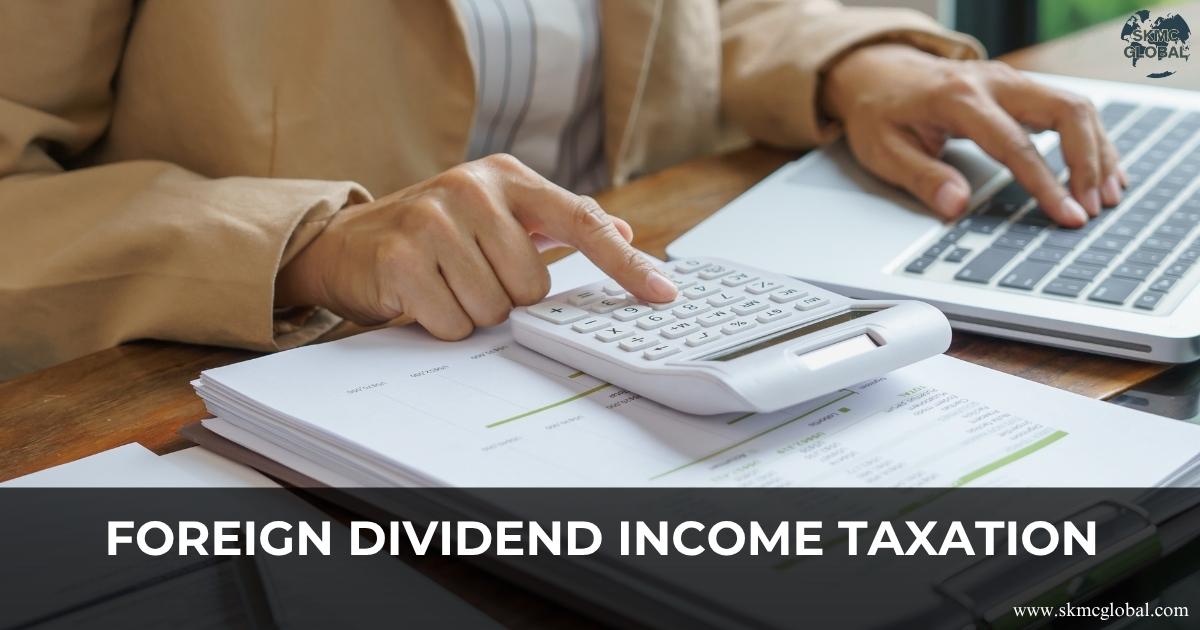 Understanding Foreign Dividend Income Taxation...
Oct 21,2025
Understanding Foreign Dividend Income Taxation...
Oct 21,2025
-
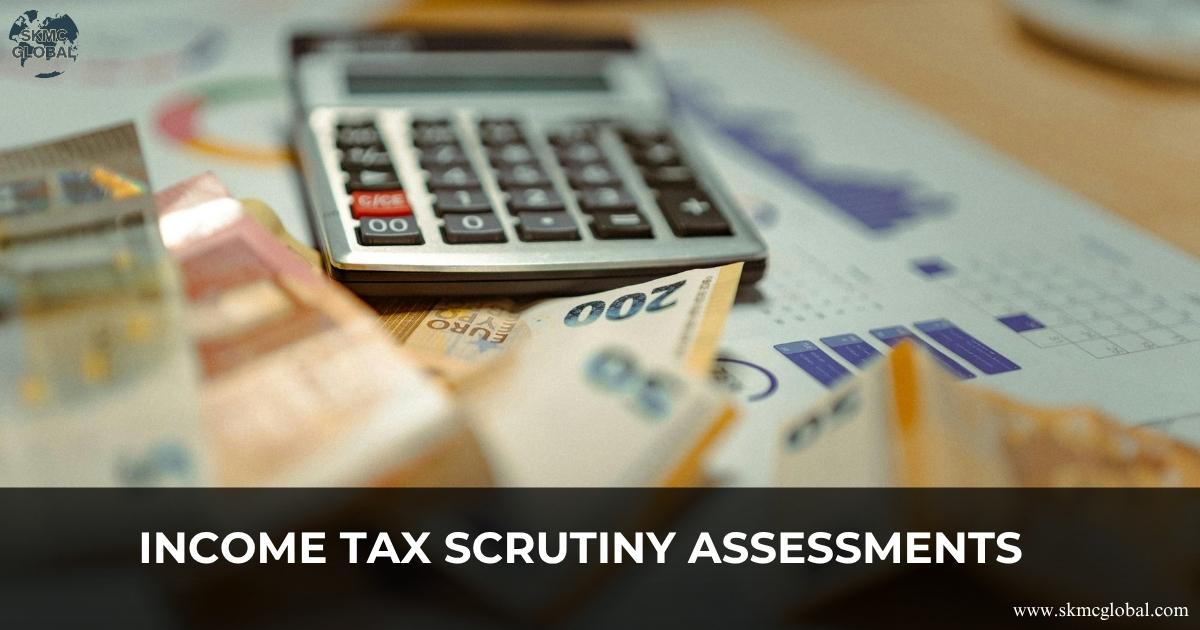 A Guide on Income Tax Scrutiny Assessments...
Oct 17,2025
A Guide on Income Tax Scrutiny Assessments...
Oct 17,2025
-
 Claiming Tax Credits under Double Taxation Avoidan...
Aug 28,2025
Claiming Tax Credits under Double Taxation Avoidan...
Aug 28,2025
-
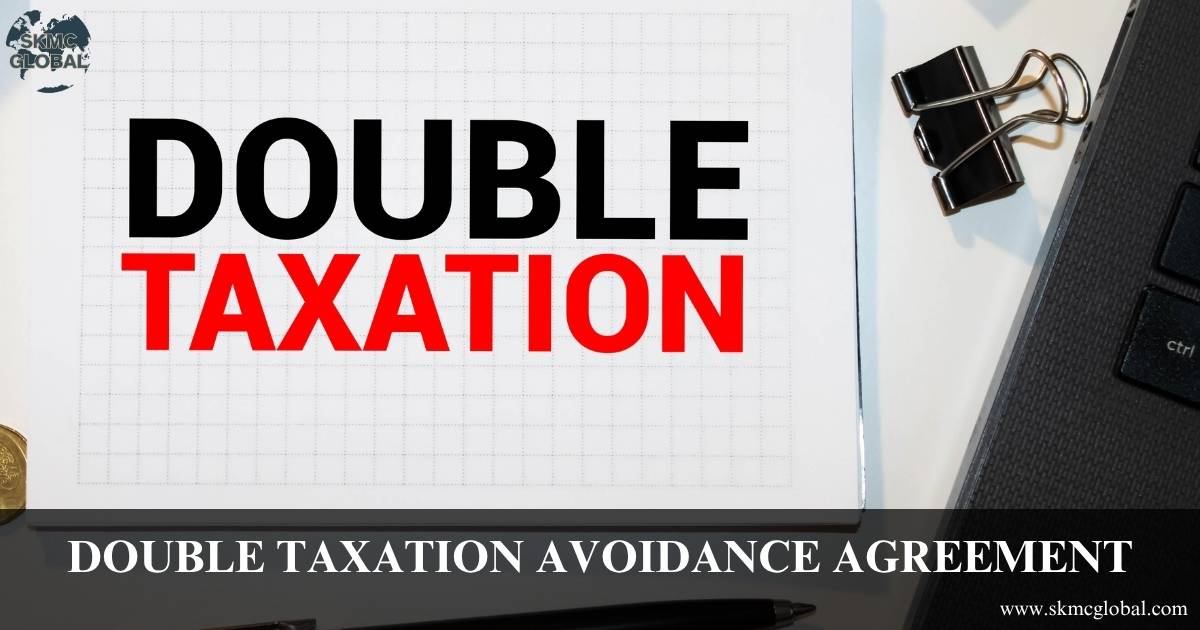 Relevance of Double Taxation Avoidance Agreement f...
Jul 19,2025
Relevance of Double Taxation Avoidance Agreement f...
Jul 19,2025
-
 Understanding APAs Under Indian Income Tax Law: Pr...
Jun 23,2025
Understanding APAs Under Indian Income Tax Law: Pr...
Jun 23,2025
-
 A guide to permanent establishment risks for globa...
May 16,2025
A guide to permanent establishment risks for globa...
May 16,2025
-
 E- Commerce-Challenging Transactions Without Borde...
Mar 20,2025
E- Commerce-Challenging Transactions Without Borde...
Mar 20,2025
-
 Form 10F...
Mar 04,2025
Form 10F...
Mar 04,2025
-
 THE NEW INCOME TAX BILL, 2025...
Feb 24,2025
THE NEW INCOME TAX BILL, 2025...
Feb 24,2025
-
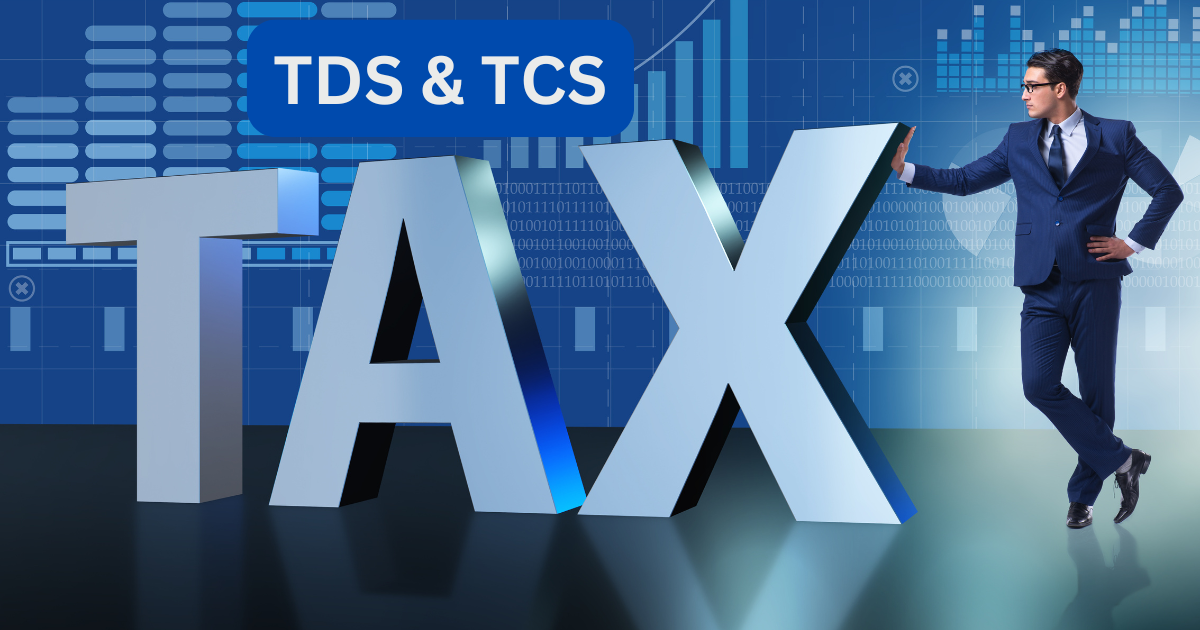 TDS Amendments...
Feb 14,2025
TDS Amendments...
Feb 14,2025
-
 What is an Income Tax Clearance Certificate (ITCC)...
Oct 02,2024
What is an Income Tax Clearance Certificate (ITCC)...
Oct 02,2024
-
 Introduction to Cross-Border Taxation...
Apr 13,2022
Introduction to Cross-Border Taxation...
Apr 13,2022
-
 The Importance of Transfer Pricing for Multination...
Mar 16,2022
The Importance of Transfer Pricing for Multination...
Mar 16,2022
